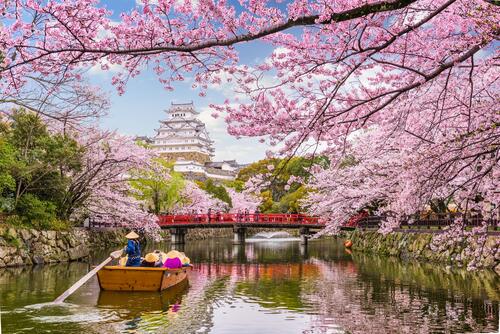Bonsai has its roots in the ancient China of 2000 years ago. 1300 years later, the Japanese copied the idea, refining the practice to cultivate individual miniature trees rather than the complete, scaled-down landscapes of their neighbours. It remained an esoteric art for centuries, but in recent years its appeal has broadened and now it’s a passionate hobby for the masses.
For others, however, bonsai is an investment. A few years ago, the most expensive bonsai tree ever sold went for 100 million Japanese yen, around $1 million. Owners of especially precious specimens even board their trees at specialist nurseries while they go on vacation.
A common misconception is that bonsai trees are dwarf varieties. In fact they are normal specimens and it’s the techniques used to train them that keep them miniature sized. If you’d like to follow try bonsai for yourself, here’s a brief guide on the care and keeping of a bonsai tree.
Tooling Up
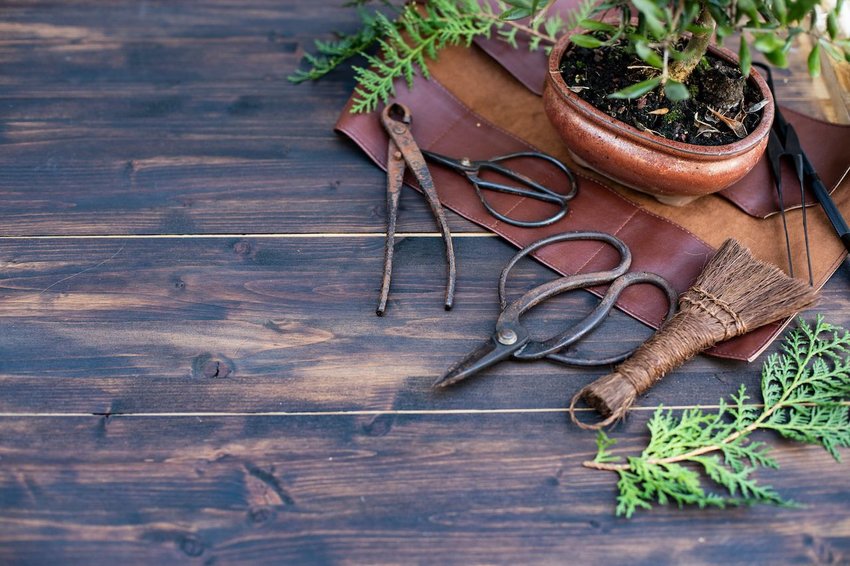
To get started on a bonsai project, you’re going to need some equipment. Along with the pot, soil and tree, there are a few tools that are essential. Pruning shears are a must; you might be tempted to use kitchen scissors but they’re not going to achieve the same clean cut. In addition, a concave cutter enables you to snip off branches close to the trunk. You’ll find an 8 inch concave cutter will cope well with branches up to 1 to 1.5 inches in diameter. A root hook and/or rake is invaluable when you are repotting, as it helps loosen the soil and rake out the roots. To style your tree you’ll also need training wire and wire cutters.
A range of companies, among them American Bonsai Tool & Supply Coship nationally across the US and can send you everything from the basic gear to get you started to specialist tools aimed at the expert market. Bonsai Empire have a handy list of specialist garden centres on their website. They also sell a couple of starter kits which they’ll deliver to your door. Customers can choose between a juniper, which can remain outside year-round, and a ficus, which is suitable for indoors.
The Tree and Root Preparation

If you’re keen to get a head start on creating your bonsai tree, look to purchase something classified as “pre-bonsai”. These plants are partially trained, giving you the opportunity to shape the tree to the form you’d like from then on. While all specialist bonsai nurseries can supply trees, you’ll find the detail of the Evergreen Gardenworks online catalogue really useful in ensuring that the tree you choose is likely to thrive in the soil and microclimate of your own garden.
Bonsai specimens have spectacular external roots called the nebari, which give the tree balance. It’s not the case that you can just buy a small plant and prune its leaves and stems to keep it to the appropriate size. Root care is essential. Shake the earth from the roots before pruning them.
Encouraging the growth of the nebari is achieved in one of two ways. Each time you repot a tree, you can prune off the vertical roots, which forces the plant to grow sturdier side roots. Alternatively, you can add a ring of wire around the base of the tree. As the trunk grows, this cuts off nutrient supply to the base roots, forcing the formation of the nebari instead.
The Perfect Pot
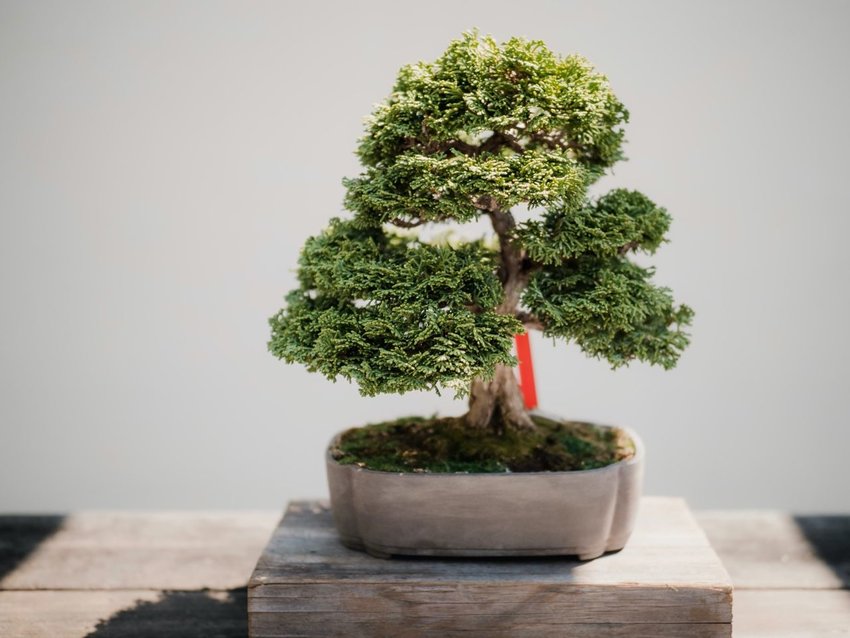
Bonsai literally translates as “tray planting” and the pot is almost as important as the tree itself. The goal is to achieve harmony and so aesthetics are key. Traditionally plants can be considered masculine or feminine from their appearance and the pot should reflect the dominant gender. For instance, graceful deciduous trees (feminine) might suit an oval pot, whereas the heavy-set buttress roots of a conifer (masculine) would look great in a rectangular pot.
Size also matters. As a general rule of thumb, aim for a similar pot height to the girth of the tree when measured above the nebari. A rectangular pot should be approximately two-thirds the total height of the tree. If you have a specimen that grows especially wide, with overhanging branches, then to keep it balanced, you might opt for a lower but broader pot. You’ll need to repot the tree from time to time; usually this is less frequent with evergreen varieties.
Wiring Your Tree
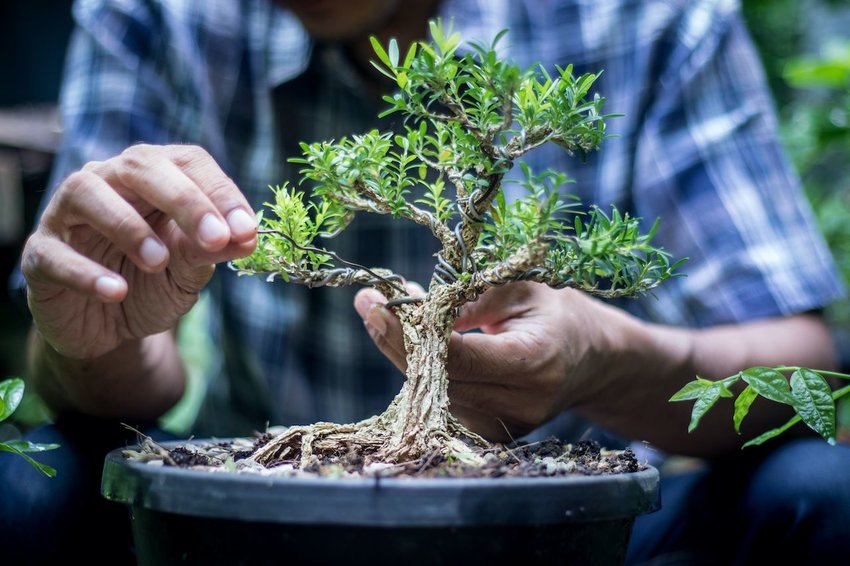
Wiring is is what gives the plant its shape. Bending some of the branches gives your bonsai tree character. Keep a close eye on the tree so that you notice when the shape has set – this usually takes a month or so. Remove a wire before it gets too tight but if the shape isn’t quite there, you can add a new piece.
Using the right kind of wire is important so you don’t damage your fragile little tree. Wrapping wire can be anodized aluminium or annealed copper. The former is best for deciduous specimens, while the latter works well with evergreens such as pine and fir. Until you’re able to book into a bonsai growing workshop, try this online guide with handy step-by-step instructions to ensure your tree is wired correctly.
Caring For Your Tree
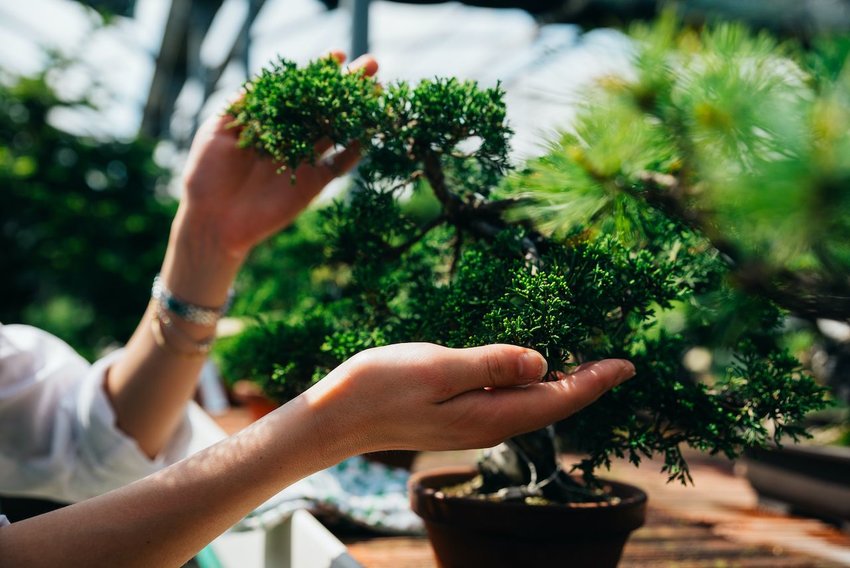
Once you’ve trained your tree and placed it in a suitable pot, you’re going to need to give it regular attention to keep it looking its best. A neglected tree will wilt, droop or become brittle. Make sure that it receives sufficient light and doesn’t succumb to frost damage, particularly if you intend to keep it outside for part or all of the year. Don’t leave watering until the pot has completely dried out, but similarly don’t overwater it. Until you get a feel for how much is too much, you might find a moisture meter helps.
Fertiliser should be applied, such as a general purpose liquid fertiliser or slow release granules. Whether you need it will vary according to tree type and whether it’s growing season or not, as will the amount you should use. Treat for pests and insects. Trim growth on a regular basis and pinch out new shoots to keep the plant from growing too large. Repotting, when required, should be done in summer. Prune as appropriate and replace the soil, working it into the roots so as not to leave any air pockets.
Now all you need to do is place the pot in a prominent position so you can enjoy looking at what you’ve created.
Photo: Todd Trapani/Unsplash


